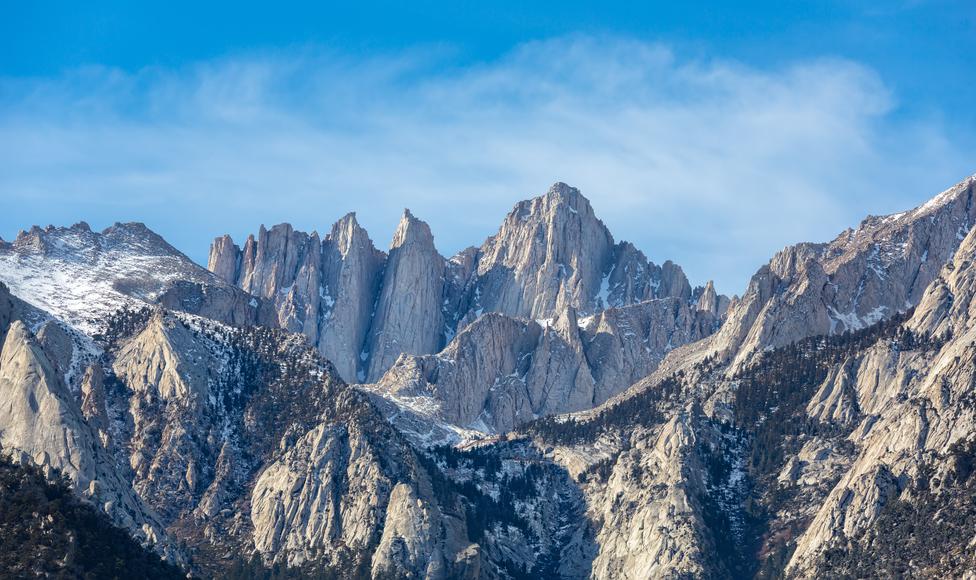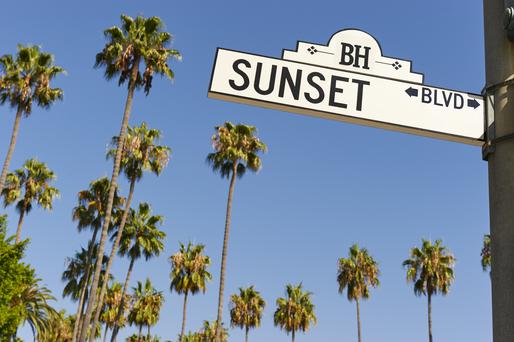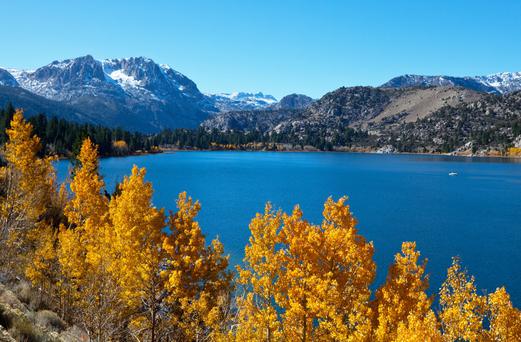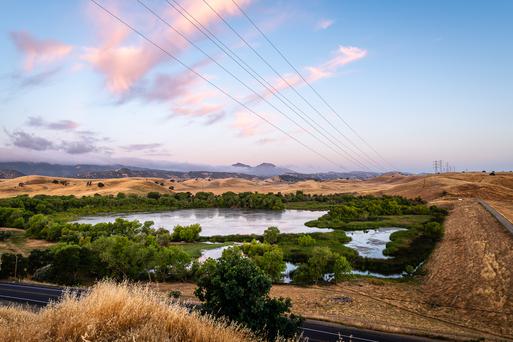What Are The Mt. Whitney Trail Conditions
Mount Whitney stands at a whopping 14,505 feet in length. Its most popular trail, which is around 20 miles, involves an over 6000-foot elevation gain—it's intense, to say the least.
If you’ve had altitude sickness before, your chances of developing it reduce greatly with proper acclimatization. This means spending time at higher elevations prior to the trek is crucial. Should you still end up developing signs of altitude sickness, it’s important to recognize them immediately by listening to your body and stopping. Common symptoms include headache, nausea, dizziness, loss of appetite, fatigue, and difficulty sleeping.
Another rather unpleasant fact you should be aware of is the lack of toilets along your Mount Whitney hike. Take care of your business before you start the ascent at the restrooms across the Mt. Whitney Trailhead and make sure to carry enough WAG bags in your backpack—remember to leave no trace of anything anywhere. Don’t be the person that stuffs bags behind rocks and between crevices, not cool.
The Mount Whitney Trailhead is also free of potable drinking water. While you can’t carry enough water to last for the entirety of the Mount Whitney hike, what you can do is bring a water purification system with you. You’ll come across ample streams and water crossings along the trail, and you’ll be able to use the water for drinking with a portable filter.
Lastly, marmots and other animals are quite common near the trail and surrounding boulders. Yes, they’re super cute, but they are not your friends. When you’re taking a break from hiking Mount Whitney or camping somewhere overnight, make sure your stuff (and especially your snacks) is secured in a place the sneaky animals can’t reach.






